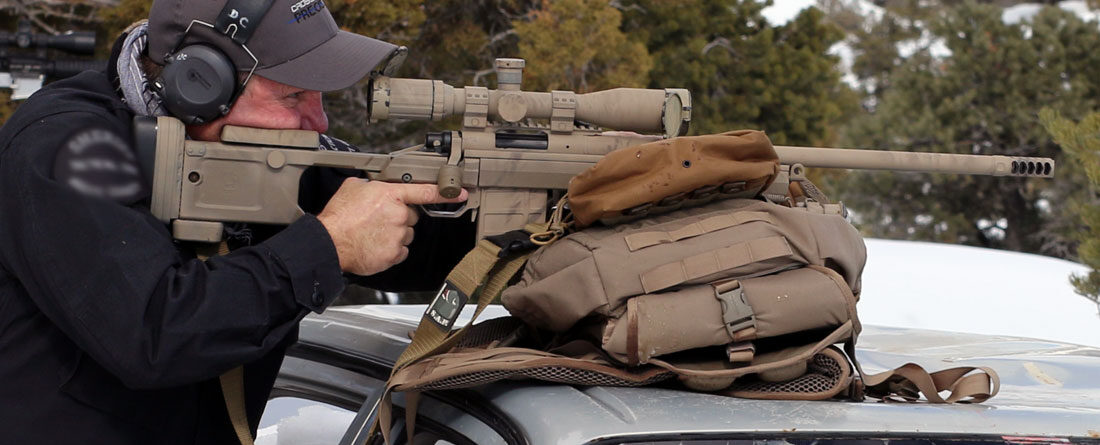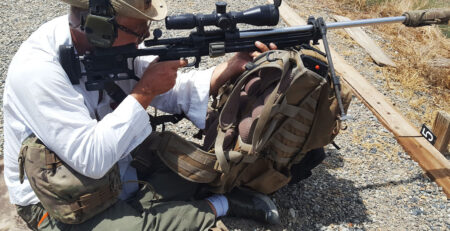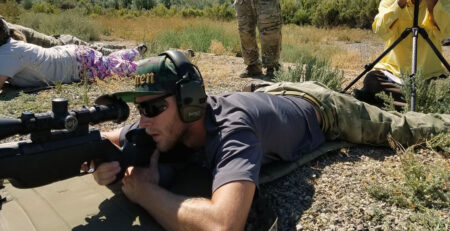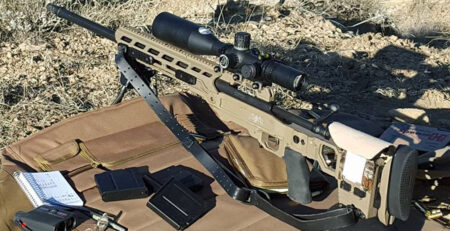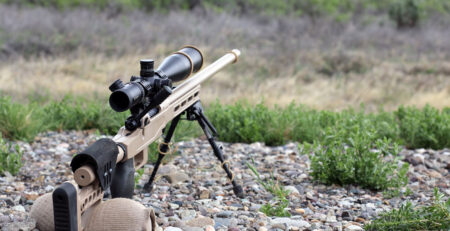Getting Your Head Right for Shooting Accurately
Let’s talk about something that is too often overlooked in firearms training: mental preparation.
Mental preparation is part of the training regimen for any world-class athlete, no matter the discipline. Whether marathons, major league sports, cycling, even business, you must be mentally prepared if you want to be the best.
In his book “Outliers,” Malcolm Gladwell describes how all people that are truly great at what they do have one thing in common, and that is the length of time they dedicate to becoming great. Gladwell compiled many comprehensive studies and found that it takes an average of 10,000 hours of practice for people to become great at their craft. Ten thousand hours seems like an unbelievable amount of time to be shooting your rifle, but it can be achieved.
All world-class athletes have something else in common. They can get into the “zone.” We have all seen it: Michael Jordan scoring a crazy amount of points in a single game—he could not miss; Michael Phelps dominating for years; Tiger Woods demonstrating a mastery of his craft. Or how about a pitcher pitching a perfect game? Only 23 times in the history of baseball has this feat been achieved. Let’s put this in perspective: There are 30 major league teams, and each team plays 162 regular-season games per year. I’m not smart enough to calculate the probability of a pitcher pitching a perfect game (I’m sure you are, so let me know in the comments), but it’s incredibly rare. It is absolute perfection! Imagine shooting for the next 10 years and never once missing the center of the bullseye.
Obviously, these people are in the zone; they are mentally dialed-in to the extreme. The outside world is completely turned off, or so it would seem to the outside observer. In truth, at least for me, being in the zone does not mean being tuned out, it means being tuned in: absorbed without distraction in a state of hyperawareness. In the zone, athletes are processing variables with incredible speed in order to fine tune performance. For me everything slows down, my vision is in high definition, and everything looks big! I was in the zone once on the track racing my Aprilia RSV4 Factory. I swear I could not miss the racing line or put a tire in the wrong place. I felt like I could see the small quarter inch cracks in the pavement as I was traveling over 160 mph. I was upshifting and downshifting perfectly and never missing a breaking mark, but I felt like I was going really slow… until I saw my lap times! These were the fastest laps I’ve ever run.
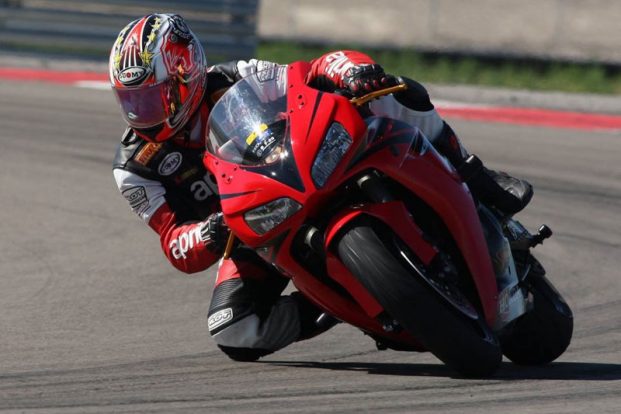
Let’s talk about something that is too often overlooked in firearms training: mental preparation.
Mental preparation is part of the training regimen for any world-class athlete, no matter the discipline. Whether marathons, major league sports, cycling, even business, you must be mentally prepared if you want to be the best.
In his book “Outliers,” Malcolm Gladwell describes how all people that are truly great at what they do have one thing in common, and that is the length of time they dedicate to becoming great. Gladwell compiled many comprehensive studies and found that it takes an average of 10,000 hours of practice for people to become great at their craft. Ten thousand hours seems like an unbelievable amount of time to be shooting your rifle, but it can be achieved.
Shooters do this as well. When a good shooter settles in behind the rifle he is in a whole different world. She may be making super small adjustments too subtle for observers to see. His heart rate slows; his breathing is deep in order to gain oxygen levels in his blood. She is very in-tune with all physical contact with the weapon and the ground. Once on the trigger, his breathing slows down, he sees all the wind indicators and the target is clear. Her body actions are second nature and environmental variables are processed in tenths of a second. And all of these actions come together when the trigger breaks.
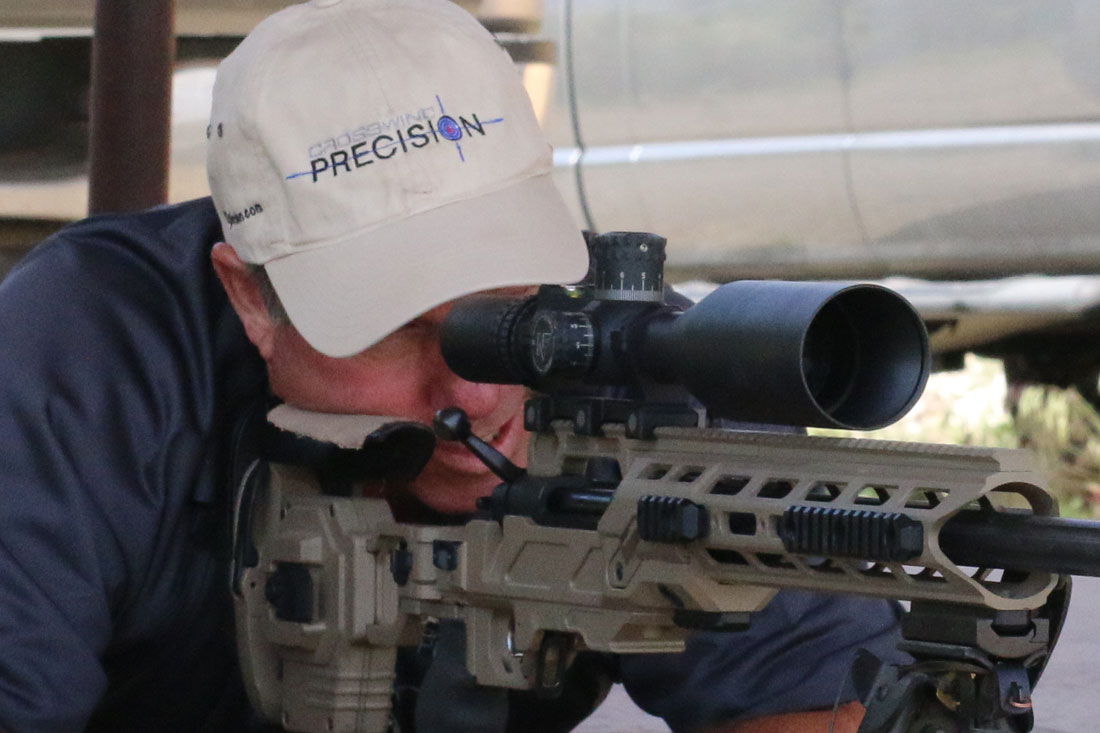
So how can an average shooter mentally prepare? Most use visualization exercises to get into this state. Some practice seeing the bullet hit the target in their mind. Some dry fire over and over to get the rhythm and process the same every single time. Some shooters practice shooting positions in a dark room. If you are going to practice this exercise, make sure the rifle is unloaded and family members are aware. Start by getting into a prone position in a room with all the lights off. Close your eyes and feel the trigger, the position of the body, and the way the rifle is in contact with you. Practice minor movements to get the position perfect. Dry fire over and over again until the feel becomes more of an instinct than a conscious thought. Practice your breathing and develop a rhythm. Practice provides the data input to the mind, which automatically guides your body to make perfect hits on target. Staying relaxed keeps the body from becoming tense. When the body is tense, your mind can begin to focus on negative thought patterns instead of positive outcomes. Heart rate control can be developed only through achieving a calm mental state. All this practice will help you when you get behind the rifle. You will know when everything “feels right,” your actions will begin to flow, and you will begin to experiences short glimpses of being in the zone.
Highly accurate shooting is a function of practice, knowledge, and training. The mental piece of the training puzzle is often overlooked and thought to be gained later. I believe it should be taught and practiced from the beginning, and you will certainly see that in my classes at Crosswind Precision.
Questions?
We’re happy to answer any additional questions you have. Contact us.

